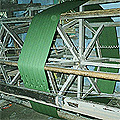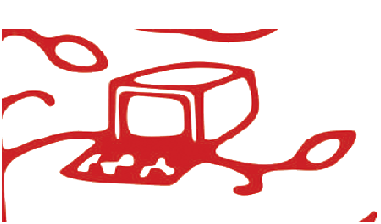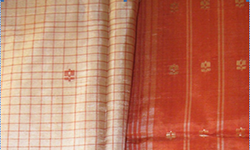
Activity Center, Crafts, Handlooms, Art, Technology
Step-by-Step Process of Jacquard Weaving
The AIACA
May, 2010
| Weaving is one of the oldest skills known to humans, dating back to prehistory. India has a glorious past in the production of textiles and was especially renowned for printed textiles. The use of printing blocks in India dates back to 3000 B.C., and some historians are of the view that it may have been the original home of textile printing. Evidence of Indian textile trade in ancient times has been recovered from China in the East to Italy in the West. JACQUARD LOOM During the mid-19th century weaving was mostly done with handlooms. Weavers had to undergo a complex process of maintaining designs in the textile. During the Industrial Revolution in Europe, when everyday entrepreneurs were coming up with new inventions, Joseph Marie Jacquard, a weaver and entrepreneur from France, realized that weaving tapestry was a delicate and repetitive process. In 1804-5, he designed an improved loom, now known across the world as the jacquard loom. The functioning of the loom was governed by a series of punch cards. Interestingly, this technology later laid the foundation for the development of computers. JACQUARD WEAVING IN INDIA The jacquard loom was introduced in India under the British and soon became the preferred choice of weavers as they could create complex designs with much less labor. It also reduced the cost of cloth and brought it within the reach of the lower classes. Today, the jacquard loom is used in various parts of India (the main centres are Delhi, Jaipur, ... |
This is a preview. To access all the essays on the Global InCH Journal a modest subscription cost is being levied to cover costs of hosting, editing, peer reviewing etc. To subscribe, Click Here.



